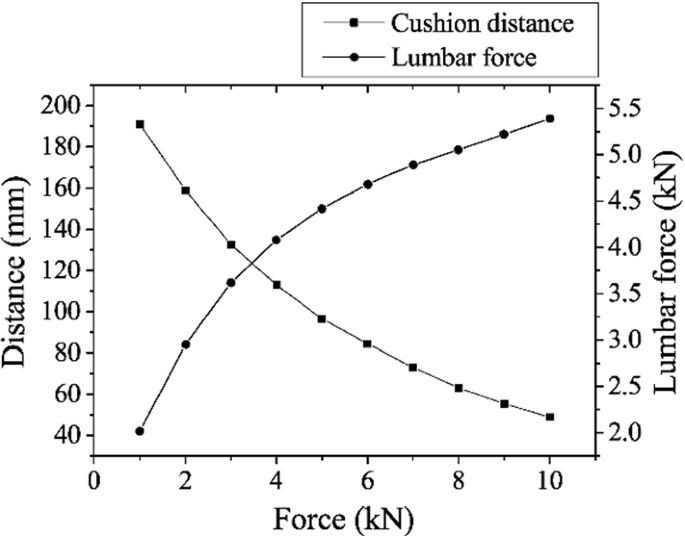

In stead, averaged 1d results are used to represent 2d results and will be included in SBTOUT. 0: outputs of internally created 1d belts, retractors and sliprings are not available in SBTOUT any more. Setting CSE to 2 also makes 2d belt results more comparable to 1d belt results, therefore is strongly recommended *CONTROL_OUTPUT Optional iprtf ip1dblt type Default 0 IP1DBLT EQ. 2: automatic control for compression elimination. model of hybrid 1d&2d model, Fig.4, Summary of new input *MAT_SEATBELT Variebla Type Default none CSE EQ. model of traditional hybrid 1d belt, Fig. model of 2d belt, Fig.1, : ftp://ftp//outgoing/isheng/2d.k 2. 2 Traditional hybrid 1d model 2d belt 1d belt regular shell Fig. Compression for 2d belt part $ COMP E edge-node setģ *ELEMENT_SEATBELT_RETRACTOR $# SBRID SBRNID SBID SID1 SID2 SID3 SID $# tdel pull LC ULC lfed *SET_SHELL_LIST *SET_NODE_LIST d belt 1d belt regular shell Fig. *PART Blue Part *SECTION_SHELL_TITLE Section for the 2d belt $ edge_node *MAT_SEATBELT_TITLE MAT_SEATBELT w.

OUTPUT Belt force of 2d belt can be yielded by using *DATABASE_CROSS_SECTION output of 2d Retractor and sliprings are now available in sbtout output of internally created 1d belt, retractor and slipring can be recovered by setting ip1dblt, the 7 th column of the 2 nd card of *CONTROL_OUTPUT, to 1. Messages in d3hsp (available in R4 & R4.2, not R4.2.1 or older) All 2d-belt related messages are now printed/echoed using ID input by users, instead of IDs of internally created 1d belts. Again, it has to be input in the same sequence as _SBRNID and edge-node set. Slipring for 2D belt can be defined through a negative SBSNID, the 5 th column of the 1 st card. 2D belt elements have to be as uniform, in both shape and size, as possible. 2D belt elements are defined by *ELEMENT_SEATBELT with column 8 and column 9 containing N3 and N4. Also, SBID now contains set of 2D belt elements connected to -SBRNID. The nodes in both edge-set node and -SBRNID has to be input in the same sequence. To define a 2D belt retractor, SBRNID, the 2 nd column of the 1 st card, hasĢ to be the negative value of the node set containing the set of retractor nodes. If there exists a retractor, it is the set of nodes coincident with retractor's SBRNID.

The edge-node set contains the nodes on one of the edge of a belt. *SECTION_SHELL for 2D belt needs the definition of the edge-node set, 8 th column of the 2 nd card. CSE is recommended to be set to 2 to trigger new improvements made in the last few months. The *MAT_SEATBELT is same as that for 1D, except the new input of CSE for 2D belt, the 6rh column. A part representing a 2D belt needs a *MAT_SEATBELT and *SECTION_SHELL. Pros and Cons of 2d belt Pros of 2d belt improves contact behavior with dummy Cons of 2d belt needs a good quality of mesh and no 3-node shell is allowed, Good No good more expensive than 1d No good, mesh not in parallel with slipring INPUT 1. 3, hybrid 1d+2d model, Fig 4, and pure 2d model, Fig. Result comparison Results of hybrid 1d model, Fig. This allows users to keep 1d belts for some sections which might pose difficulty for meshing 2d belt or are known not to involve any contact at all. It means, 2d belt can now co-exist with 1d belt to provide users the best flexinility modeling a belt.

replacing some 1d sections in a traditional hybrid seatbelt model, and leaving other 1d sections as they were, Fig. And keeping those regular shell avoids introducing drastic change to existing models. Replacement 2d belts will improve contact with dummy. 1 LSDYNA 2D Seat Belt Modeling Guideline contact: Applications include modeling the whole belt, Fig.1 replacing all 1d sections in a traditional hybrid seatbelt model which uses 1d belt for sections around retractor and slipring and regular shell for contact purpose, Fig.


 0 kommentar(er)
0 kommentar(er)
